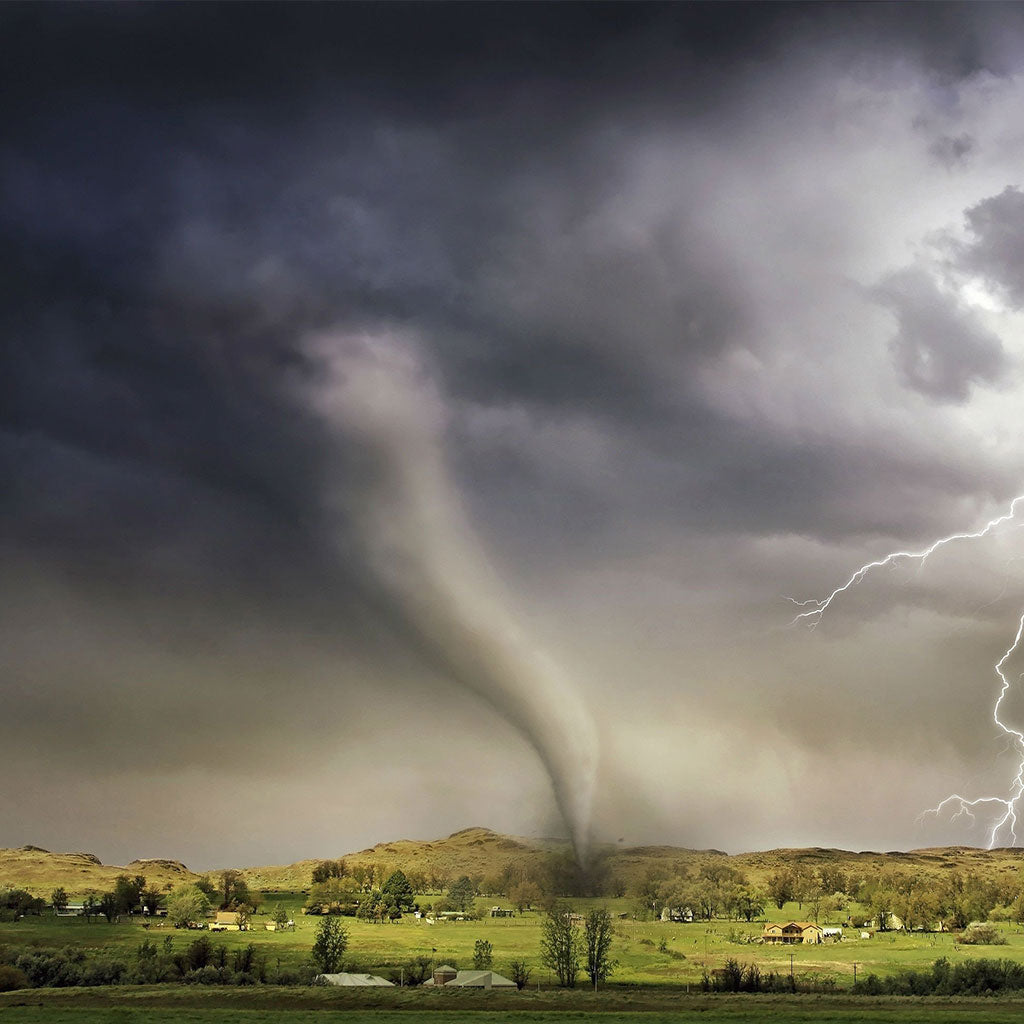Your Shopping bag is feeling empty.
Start Shopping
How to Forage for Food in the Wild: A Beginner’s Guide
March 27, 2024 | by Mountain House

What to Do if You See a Moose & How to Survive an Attack
March 26, 2024 | by Mountain House

How to Make a Faraday Cage & Why You Should
March 04, 2024 | by Mountain House

How to Make Your Own All-Natural Laundry Detergent
March 01, 2024 | by Mountain House

20 Best Survival Food Supplies for Emergencies
December 05, 2023 | by Mountain House

Bug Out Bag Essentials: Tips from the Experts
September 28, 2023 | by Mountain House

How to Build an Emergency Kit for Your Car
September 28, 2023 | by Mountain House

A Comprehensive Guide to 12 Different Types of Natural Disasters
June 29, 2023 | by Mountain House

10 Reasons Why You Should Own a Paracord Bracelet for Outdoor Survival
April 10, 2023 | by Mountain House

Celestial Navigation Basics: How to Find Your Way Using the Stars
June 05, 2022 | by Mountain House

Grizzly Bear Safety Tips: Avoid Harry Encounters this Summer & Fall
April 28, 2022 | by Mountain House

Winter Power Outage Tips & Tricks to Stay Warm
December 27, 2021 | by Mountain House

High Winds Safety: Tips for Strong & Severe Wind Storms
October 06, 2021 | by Mountain House

10 Backcountry Navigation Tips & Tools for Outdoor Enthusiasts
August 11, 2021 | by Mountain House

How to Prepare for a Natural Disaster at Home: 9 Crucial Things to Know
July 06, 2021 | by Mountain House

Backcountry Survival Weather Forecasting: Safety Tips for Severe Conditions
April 28, 2021 | by Mountain House

Mountain House Introduces New Camping and Emergency Foods
July 08, 2020 | by Mountain House

How to Fit Emergency Planning Into Everyday Life
April 30, 2020 | by Mountain House

Setting Up an Emergency Disaster Plan
January 27, 2020 | by Mountain House

Stay Safe in an Earthquake with the Great ShakeOut
October 11, 2019 | by Mountain House

Six of the Most Useful Outdoor & Survival Knots You Should Know
February 27, 2019 | by Mountain House

The Ultimate Hurricane Survival Kit Checklist
October 25, 2018 | by Mountain House

Prepping for Severe Weather Around the Country
March 09, 2018 | by Mountain House

Multi-Phased Approach to Emergency and Survival Food Storage
November 17, 2017 | by Mountain House

How to Boil Water When the Power is Out
November 13, 2017 | by Mountain House

Multi-Expert Interview: The Biggest Challenge You’ve Faced
August 28, 2017 | by Mountain House

3 Preparedness Tools to Stash Next to Your Mountain House
August 25, 2017 | by Mountain House

Being Prepared For Anything: 3 Situations You Might Not Think About
June 27, 2017 | by Mountain House

15 Ways to Reuse a Plastic Bottle for Survival
April 20, 2017 | by Mountain House

20 Expert Survival and Preparedness Tips
March 31, 2017 | by Mountain House

Survivalism Evolved: New Technology That Can Save Your Life
March 09, 2017 | by Mountain House

How to Prepare for a Flood: Emergency Flood Checklist
December 21, 2016 | by Mountain House

How to Build an Emergency Shelter In Your Home
October 28, 2016 | by Mountain House

Basic Emergency Food Storage Principles
September 30, 2016 | by Mountain House

Emergency Food Supplies: What to Buy and How to Store It
September 05, 2016 | by Mountain House
















